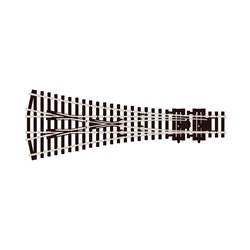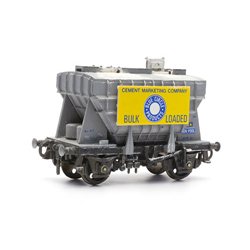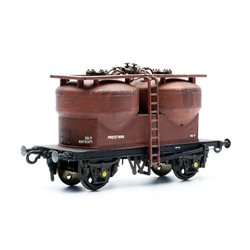There are a variety of tools that will allow a modeller to cut track sections cleanly and accurately. Track cutters...
No products
Product successfully added to your shopping cart
There are 0 items in your cart. There is 1 item in your cart.
Search Tips
What is meant by the term 'shunting puzzle' ?
A shunting puzzle refers to a specific type of layout that focuses on the movement and rearrangement of train cars within a limited space. It is a challenging and engaging activity that requires careful planning and problem-solving skills. Shunting puzzles are often seen at model exhibitions and are specifically presented for the observer or player to achieve specific outcomes.
The term "shunting" refers to the process of moving train cars or wagons between different tracks or sidings. The objective of a shunting puzzle is to rearrange the cars in a specific order or configuration, often simulating the operations seen in real railway yards.
A shunting puzzle typically consists of a mainline track with several sidings or spurs branching off from it. The train cars are initially placed in a random order on the sidings, and the player's task is to move them to their designated positions or create a specific train formation. The puzzle can also be a competitive challenge with the winner being the player who achieves the desired outcome in the shortest timescale or with the fewest moves.
The challenge lies in the limited space available and the need to carefully plan each move to avoid collisions or blocking other tracks. It requires a good understanding of the layout, the capabilities of the locomotive and the various types of cars being moved.
Shunting puzzles can be played using various scales, including OO/HO, N and TT. The choice of scale depends on personal preference and the available space for the layout. Each scale offers its own unique advantages and challenges, so for modellers aiming to create a puzzle it is important to choose the one that best suits their needs and preferences.
Overall, shunting puzzles are not only a fun and entertaining activity for model railway enthusiasts but also a great way to develop problem-solving skills and improve an individuals personal understanding of railway operations.
Click here to receive the tips weekly in your mailbox. You can unsubscribe at any time.










